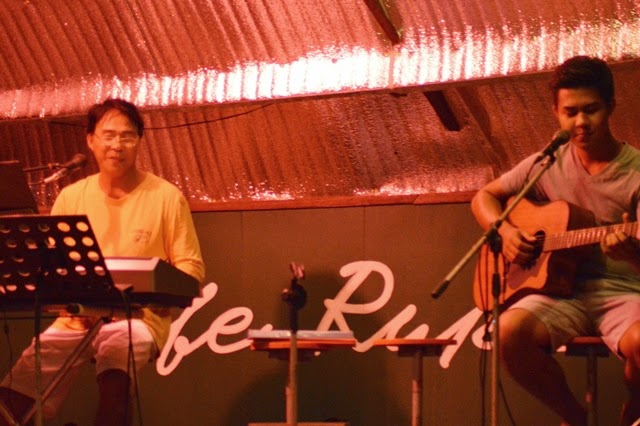Uneven school rehab: A crime against the children’s future
School children play after classes
By: Lottie Salarda
Tacloban City—it’s been more than two years since the strongest typhoon hit the Eastern part of the Philippines on November 8, 2013. It killed thousands of people, destroyed properties and lost the livelihoods of the poor farmers. Billions of dollars were donated by many countries to help us bring back our lives into normalcy.
Our government received more than enough to rebuild the school buildings and other infrastructures that the typhoon has devastated. For more than one year I’ve worked as a researcher in a non-governmental organization that advocates renewable energy.
I travelled a lot most of the time to have my research all over the region. In each Municipality I went through, I noticed that those school buildings that were located along the National Highway were all rehabilitated for less than a year. Is there a pattern? I asked myself.
A community in Palo, Leyte has more than enough school classrooms to accommodate their students. The donors have donated more classrooms that are not anymore necessary for the school.
It cannot be denied that the foreign donors made it resilient to typhoons. The designs, structures and materials were specially made for the safety of the children
And in almost typhoon Haiyan devastated areas, school buildings that were located near the National Highway were already rehabilitated or rebuilt. I just wonder why is it there are many school building that remained unrepaired despite the bulk of donations.
Poor communities located in the far flung areas of Eastern Visayas that suffered huge devastation were still wondering if the government has a plan of visiting them to know their situation.
School buildings particularly in Santa Ana, La Paz Leyte were still unrepaired. Teachers and children suffered this situation every day. The head teacher can’t do anything but to wait until such time that the Department of Education will take a step on allocating budget for its repair.
The low-paying teachers have referred this problem with their agency, but no one has worked on it. As if they don’t exist. It’s been more than two years yet no one from the government took a step to take a look on the problems that were faced by the people in the hinterlands.
Despite the overflowing aids, the government remained deaf to the legitimate sentiments of the typhoon survivors. For more than 24 months, the traces on where the aid goes was lost.
The government has no sense of urgency. It closed its eyes to see the sufferings of the children. They suffered so much injustice. Children’s rights on having a decent environment for learning were violated. There is lots of money, but where is it? People on the ground didn’t feel the real rehabilitation after Yolanda. My eyes see an uneven distribution of aids, especially for those intended for schools.
As a local freelance journalist, I have promised myself that I will continue writing the stories of the aftermath of the disaster. ###




Comments
Post a Comment